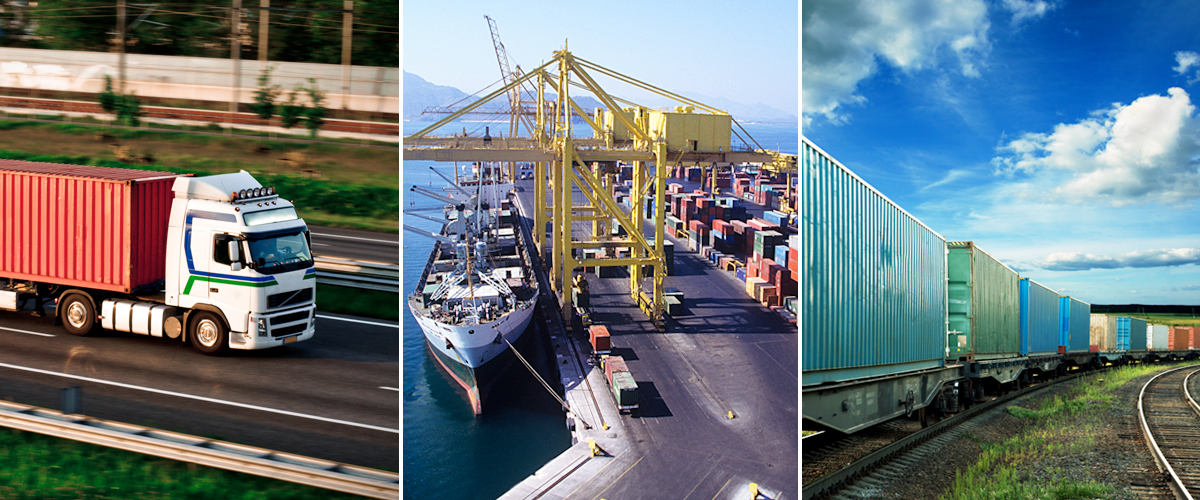What LCA Reveals about the Built Environment and the Circular Economy

Author: Jeremie Hakian
Life cycle assessment (LCA) has gained significant traction in the green building sector as a tool for evaluating the environmental performance of building materials and products, especially since USGBC LEED began recognizing LCA-based Environmental Product Declarations. As manufacturers and stakeholders have learned, LCA supports transparency by providing a holistic, systems-oriented perspective on the environmental and human health impacts associated with resource extraction, production, product use, and product disposal or recycling. Moreover, it is an invaluable tool for assessing the benefits and tradeoffs associated with various “design for environment” solutions aimed at building a more circular economy.
However, LCA is full of surprises. For starters, architects, designers and manufacturers should be aware of two things:
- Applying an LCA “lens” – sometimes referred to as “life cycle thinking” – is a preliminary step. No matter how much we think we can anticipate the environmental performance of a product or material over its life-cycle, LCA has a way of yielding surprising results that can influence product design, manufacturing, and purchasing decisions. This is partly what makes LCA such a powerful tool. But it also means you will need to keep an open mind and expect the unexpected.
- LCA software is often rife with built-in assumptions that may distort the interpretation of final results. That’s because such software is frequently unable to integrate regional variables. This can lead to “false positives” (that is, calculations of potential impacts that do not actually exist or are overstated) and “false negatives” (that is, omission of important impacts that should be considered). So, care should be taken in interpreting your results to make sure you are making the best-informed decisions from the information gleaned from your LCA.

Another example relates to wood used as the building material or component in product design. If this wood comes from a certified responsibly managed forest, its impacts on wildlife habitats can be far less than wood derived from poorly managed forests. Such impacts on wildlife habitats are also not well accounted for by LCA models.
Similarly, a hydroelectric dam creating a large, shallow reservoir may result in significant emissions of methane – a powerful greenhouse gas – from decomposing organic matter, while a “run-of-river” dam that does not significantly impede river flow will not have the same greenhouse gas profile. Again, the global warming reporting from most LCA models will not pick up this distinction.

Surprising Results
When all is said and done, LCA results can be eye-opening. Here are three examples
- Just because an industrial process is the largest contributor to environmental impacts for one product doesn’t mean that this will be the case for another product in the same product category. Consider chromium steel versus carbon steel produced in an electric arc furnace. Chromium steel is corrosion-resistant, and therefore typically more expensive than carbon steel. For carbon steel, electricity use at the steel mill has the largest contribution to impacts. However, in the case of chromium steel, its ferroalloy inputs, which typically make up 15-20% of the product by weight, can be the largest contributors to cradle-to-gate environmental impacts.
- For most products, the manufacturing phase generally has a substantially larger life cycle impact than the use stage. However, products that require electricity for maintenance can drive up the use stage’s impacts over time. Carpet, for instance, requires vacuuming and periodic steam cleaning. Depending on the traffic level, these cleaning methods may become routine maintenance, adding up significantly over the carpet’s life cycle, even though a single occurrence of such cleaning has negligible impacts.
- Flushometers are used with toilets or urinal fixtures to dispense the water. The environmental impacts associated with use are due to the embedded energy in the water supply, distribution, and wastewater treatment. Not only can the energy intensity of water can vary widely depending on the geographic location, but average flushes per day also vary depending on location and fixture type. As a result, significant impact reduction can be achieved by reducing the energy intensity per gallon of water used and reducing the number of flushes per day (which also saves water!).
Getting the Most Out of Your LCA
Life cycle thinking is an exercise in anticipating the environmental and human health impacts at each stage of the product life cycle. As such, it is built upon our assumptions. The more time-tested these assumptions are, the better. At the same time, conventional wisdom can be wrong. Having conducted and reviewed countless LCA studies over decades, certain trends become more obvious.
One common assumption is that the majority of impacts for electrical appliances, such as white goods (refrigerators, washers and driers, etc.), are going to occur during the use of the product due to electricity use over its lifetime. Interestingly, this assumption is not always borne out. That’s because the impacts associated with material extraction and product manufacturing in some regions can be far greater than in others due to lax or lacking environmental emission standards and regulatory enforcement. Furthermore, electricity in some regions may be sourced from a relatively large proportion of renewable energy for product use, ultimately minimizing the relative contribution of impacts as compared to the same product powered predominately from an electric grid composed of fossil-fuel fired power plants. So ultimately, for some regions, sourcing decisions may result in a larger reduction in impacts as compared to an increase in energy efficiency over the life-cycle of these products.
Another common assumption relates to impacts associated with the complex network of transportation legs involved in material supply or product distribution. Distance alone is not sufficient to predict impacts. More efficient modes of transport, such as rail instead of truck, can lead to considerably smaller levels of impacts, over the same distance. For example, the freight transported by truck from New York to San Francisco can release twice the amount of greenhouse gas emissions as the same freight transported by train.
Conducting LCA out of a black box
ISO, the international body that has standardized LCA practice, requires that inventory results – that is, the raw material and energy inputs, and the emission and waste outputs of product systems — be classified, then characterized. Classification is the process of assigning an inventory result to one or more impact categories. Characterization — the more complicated of the two — is the process of quantitatively or qualitatively evaluating the relationship between these inputs and outputs to the potential impacts on the environment or human health.
Off-the-shelf LCA models are generally pretty good at classification, but not great at characterization. That’s because they typically don’t provide a way to take into account regional environmental conditions. So, for example, sulfur dioxide emissions released into an acid-sensitive environment may cross critical thresholds and cause harm, while the same emissions released into another environment may not. Unfortunately, most LCA models will report these identically.
So, whether you are conducting an LCA to establish an Environmental Product Declaration for your product, using it to evaluate your supply chain options, or applying it for other purposes, your understanding of the strengths and limitations of the LCA model used could be integral to the interpretation of results. Crunching numbers without understanding context could lead you down a blind alley.
LCA is constantly improving to incorporate the latest science and metrics developed through vigorous peer review in the scientific community. The aim is to strive for better harmonization of data, standards, and software to understand the many environmental trade-offs of a system, and ultimately allow for better comparison of products in our built environment.
Find out more about getting the best value from your LCA study by contacting me at [email protected] or by phone (510-452-6388).
Jeremie Hakian is Manager of Environmental Product Declarations and a life cycle assessment practitioner at SCS Global Services, a trusted leader in third-party environmental and sustainability certification.

